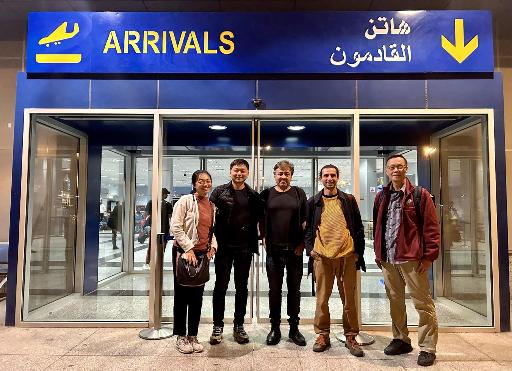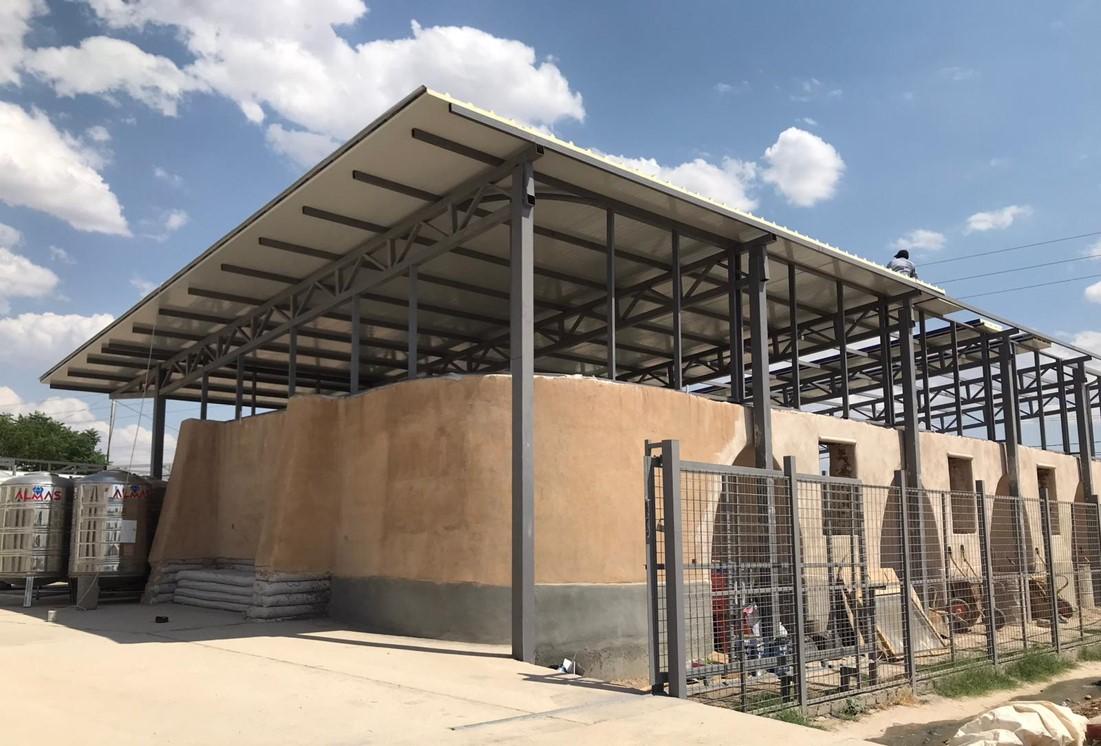
SuperAdobe House
building affordable, disaster-resistant housing for refugees
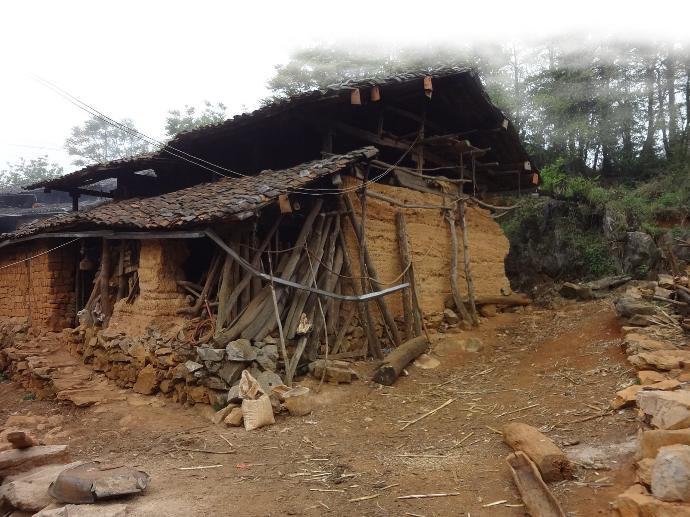
Because of the difficulty to even travel to such a remote location, traditional building methods were not an option.
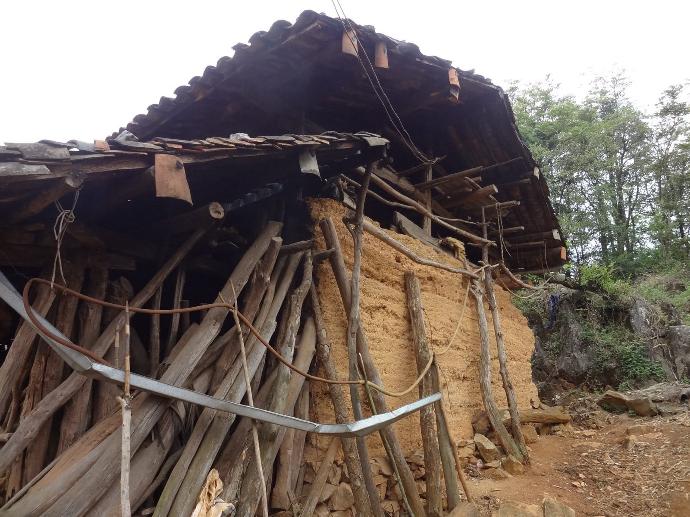
Andrew sought a way to empower the villagers to build while being cost effective, and through extensive research he discovered the SuperAdobe Technology.
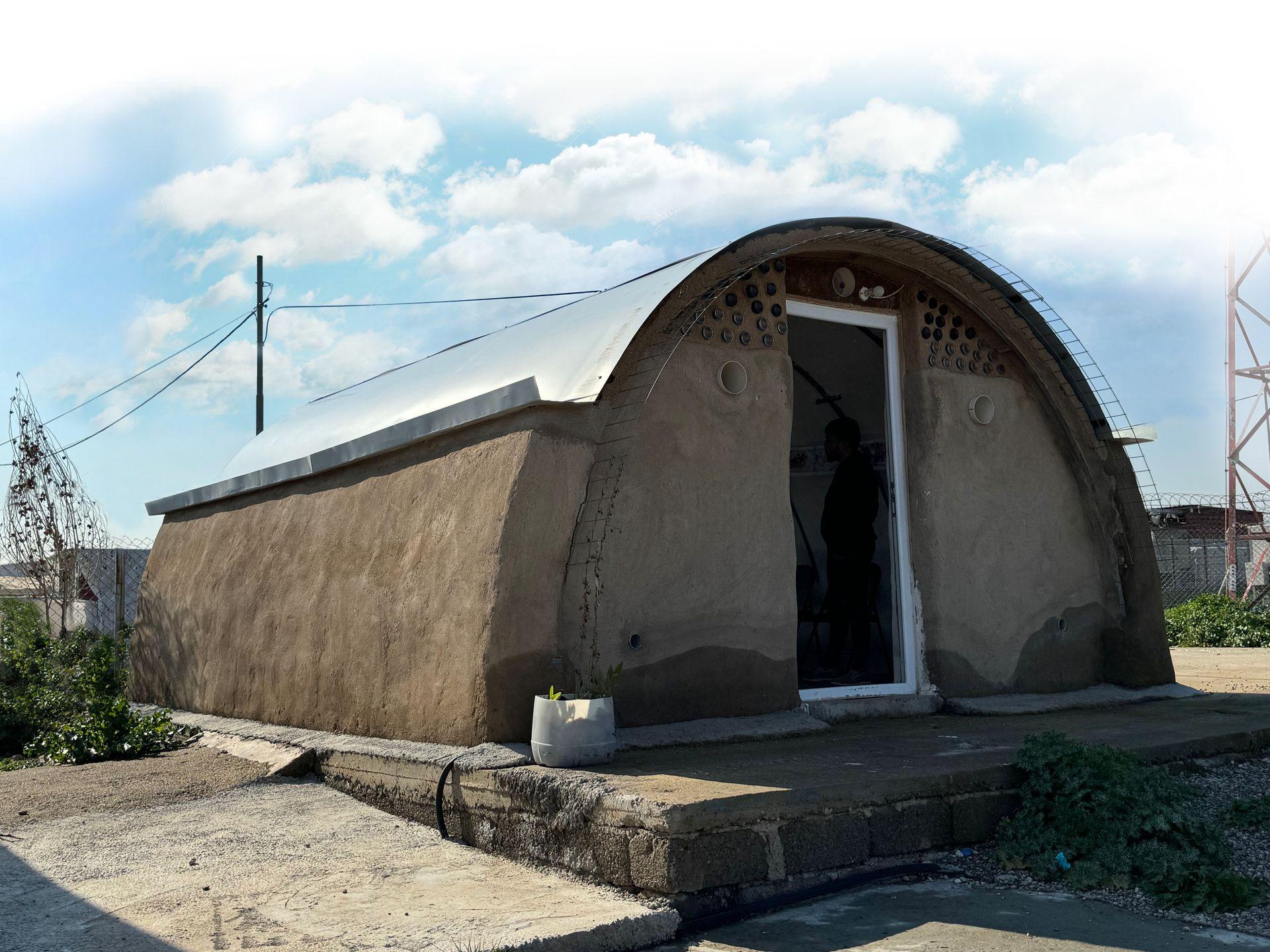
Project Background
The idea of implementing SuperAdobe structures with our missions began in 2015. While visiting a leprosy village high in the mountains of China, Andrew Kwong, one of our founders of HIS Foundation USA, realized their need for affordable, sustainable, and durable housing.
SuperAdobe was invented by an Iranian architect, Khalili, and was originally approved by NASA to build houses on the moon. He later modified it into an easy-to-learn method for building affordable houses that resist earthquakes, wind and fire. He formed CalEarth in Hesperia California, to train those who are interested (www.CalEarth.org).
Armed with this new knowledge, Andrew then went back to the village to teach them and help them build a simple, single-room structure. Completed in 2016, we consider this as the 1st project.
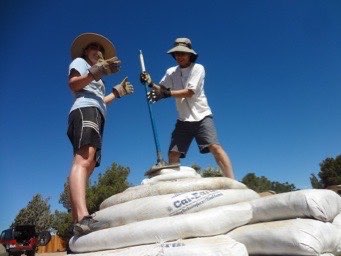
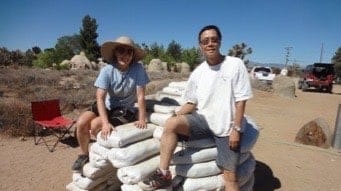
With the villagers committing to learning this new method, Andrew Kwong himself went to CalEarth for a seven-day-training session where he learned the basics of the SuperAdobe building technology.
The Need for SuperAdobe Housing
In 2018, we at HIS Foundation sent a medical team on a mission to Kurdistan to help refugees that were displaced by ISIS. During the mission, Andrew noticed the refugees’ awful living conditions in the UN refugee camps.
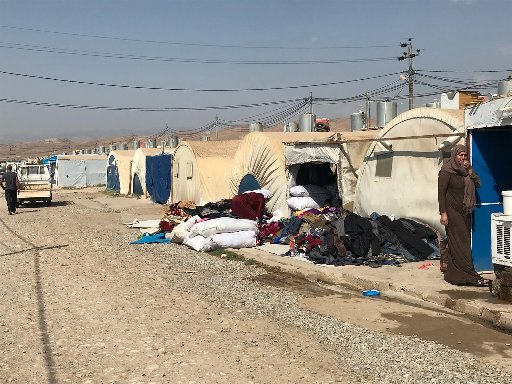


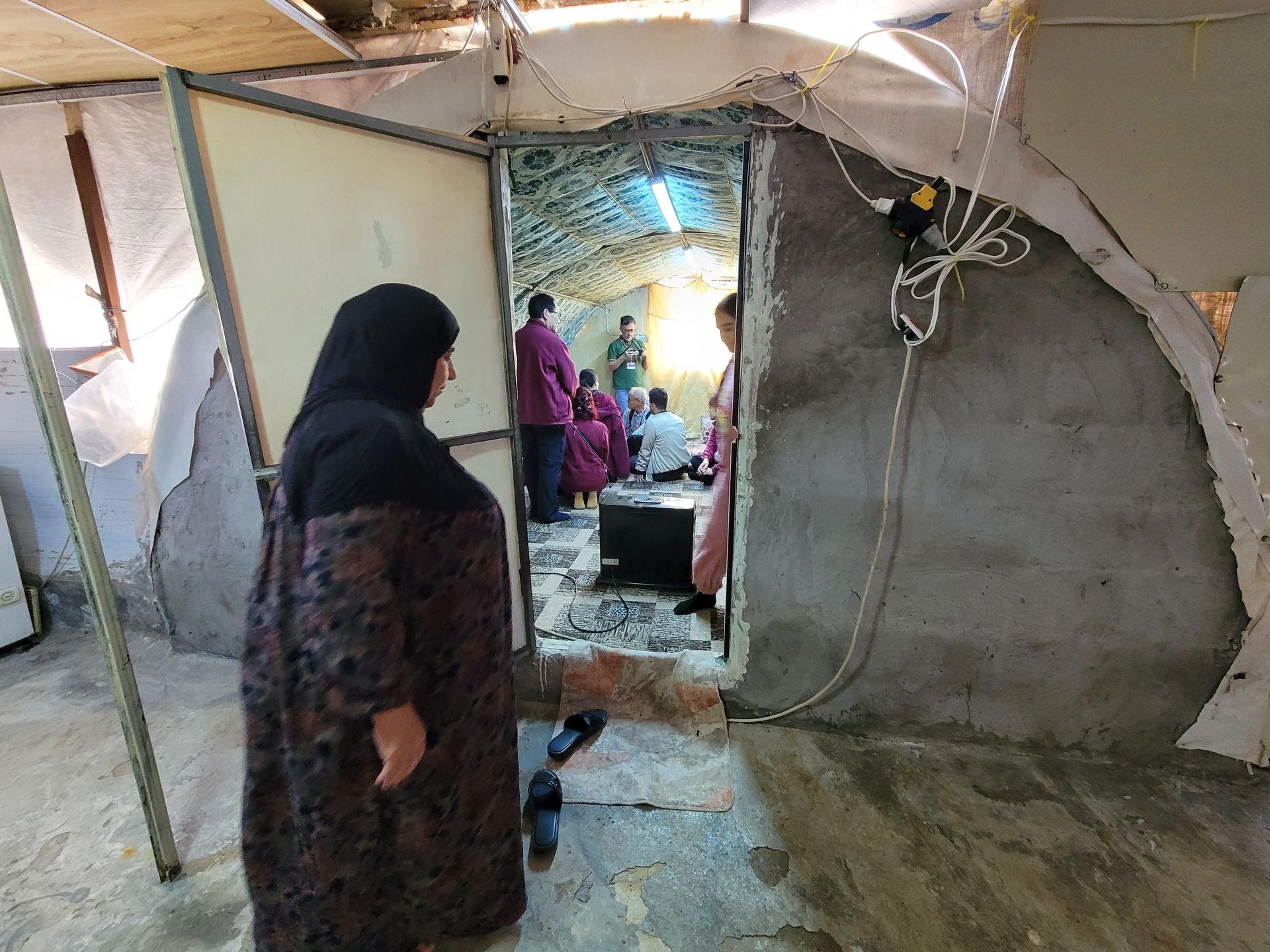
Benefits
Living in tents, these refugees subsisted on very poor insulation from the elements; hot, cold, wind, or rain. Furthermore, because the tents were made of flammable material, in winter they became a great hazard when coupled with the refugees’ kerosene heating lamps. In some instances, a tent caught fire and spread quickly, destroying many tents, and engulfed whole families in flames. Some refugees were found burnt to death.


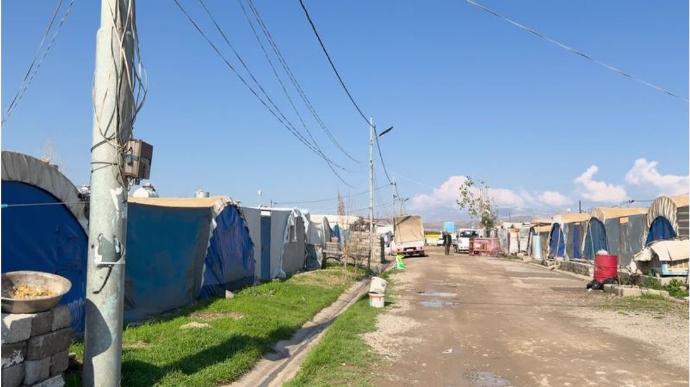
Andrew realized that if these housing units were built with the SuperAdobe Technology, the loss of life could have easily been prevented, and the overall quality of life could be greatly improved. Not to mention, the people would gain a new skill in being able to build a sturdy, insulated, fire-proof, low-cost housing for themselves and others. With these things in mind, Andrew sought an opportunity to introduce them to SuperAdobe.
Opportunity
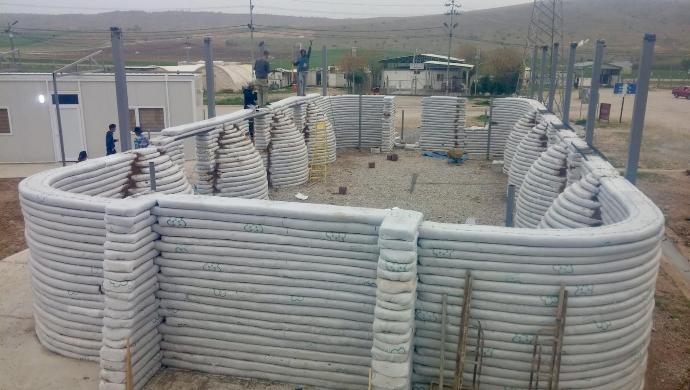
Request
In 2020, our friends from Habibi International asked Andrew for help in building a large community center inside one of the camps, Berservic-2 camp. Andrew proposed using SuperAdobe as a way to introduce this technology to the area, and his idea was accepted by the authorities. Because of the sheer size of the project, additional professional help was needed to complete it.
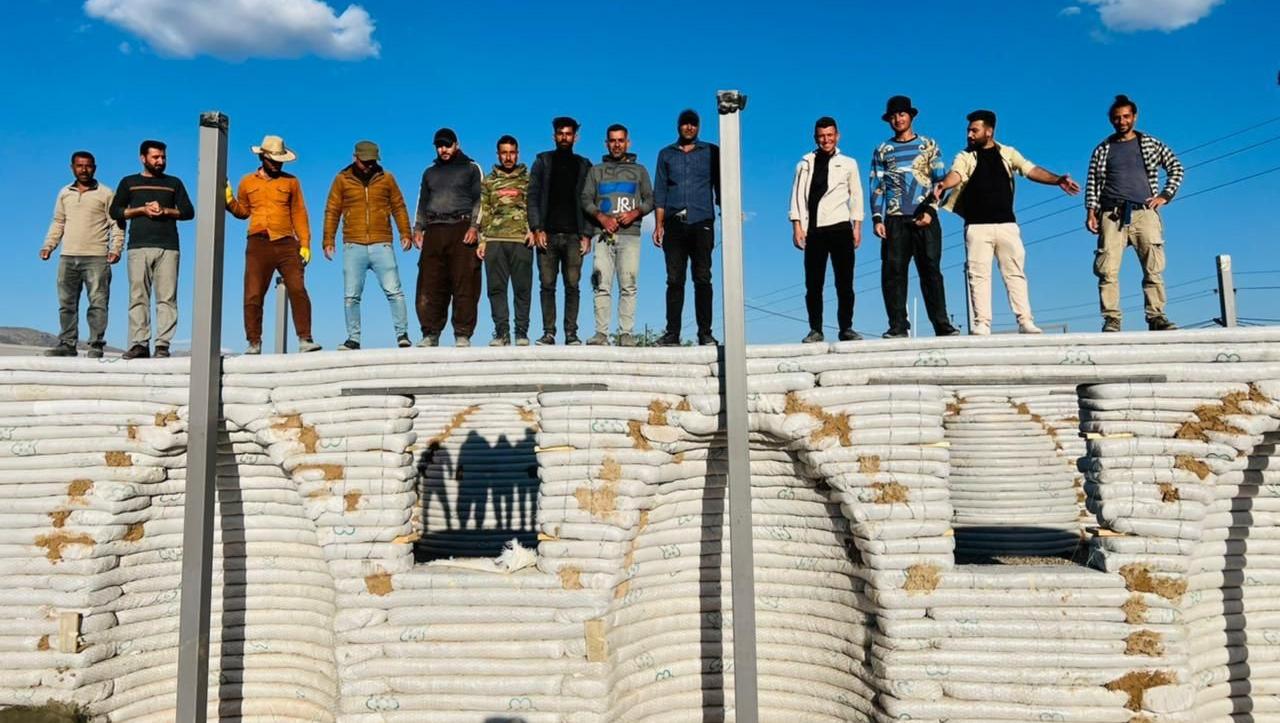
Recruit
During the Covid pandemic period, Andrew was able to recruit many talented individuals, including Chelsea Chan (an Architecture PhD candidate at Hong Kong Polytechnic University), Peter Hasdell (an Architecture professor at Hong Kong Polytechnic University) and Davide Frasca (CalEarth certified trainer in Europe), to form the core design team.

Rejoice
The SuperAdoboe hall (HIS Hall) with 100+ people capacity was eventually completed in August 2022. The whole building process was finished under the tutelage and supervision of Davide Frasca, with a collaborative effort involving the many volunteers from the camp itself as well as many organizations and outstanding individuals as follows:
Organizations:
HIS Foundation (Design direction)
Habibi International (Design direction)
ABCD Collaborative (Project overall design)
InSitu-Project (Project overall design)
Vide Terra (SuperAdobe design)
MedEast (Project construction management)
Hong Kong Polytechnic University (Design support)
University of Duhok (Design support)
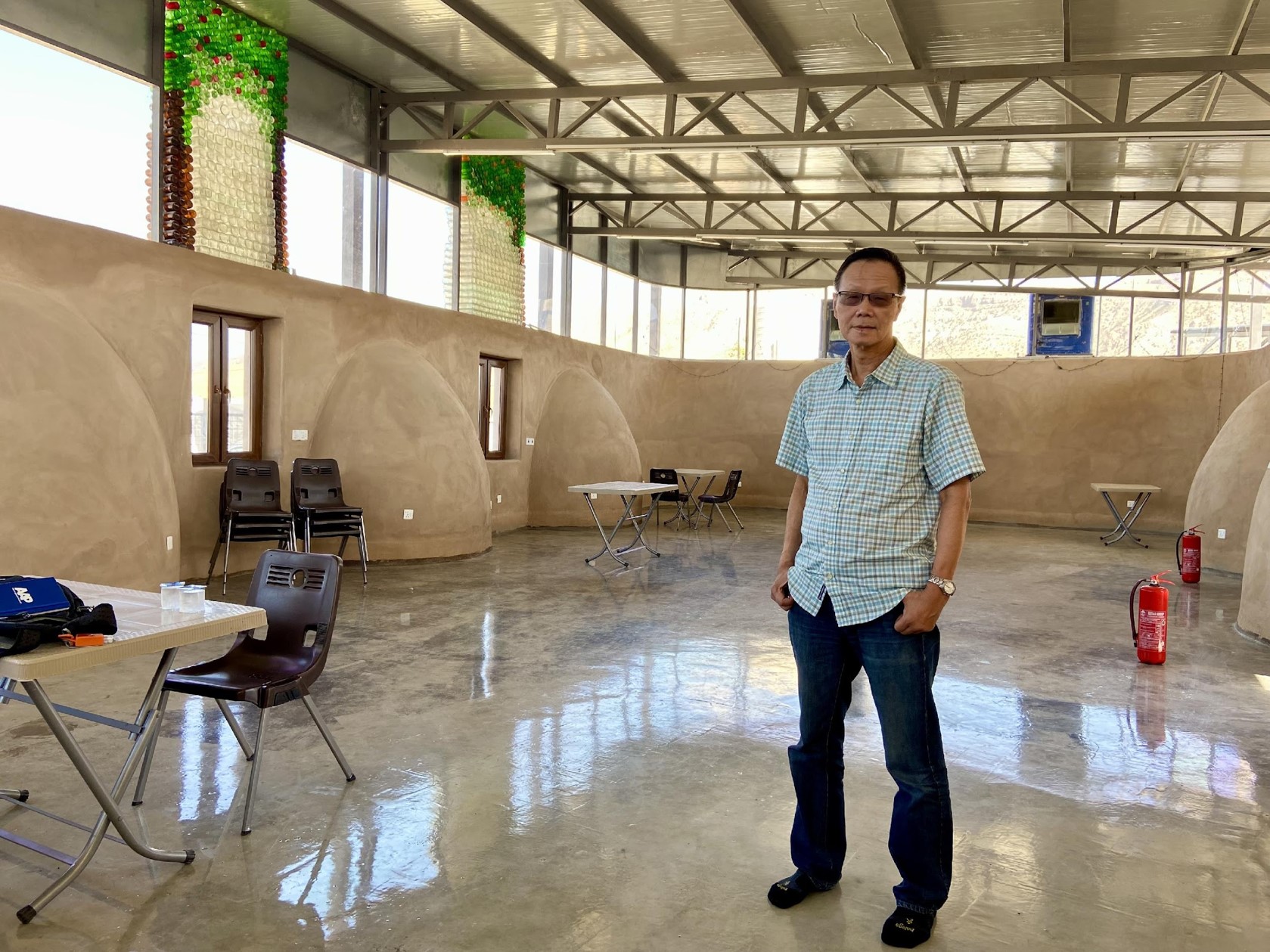
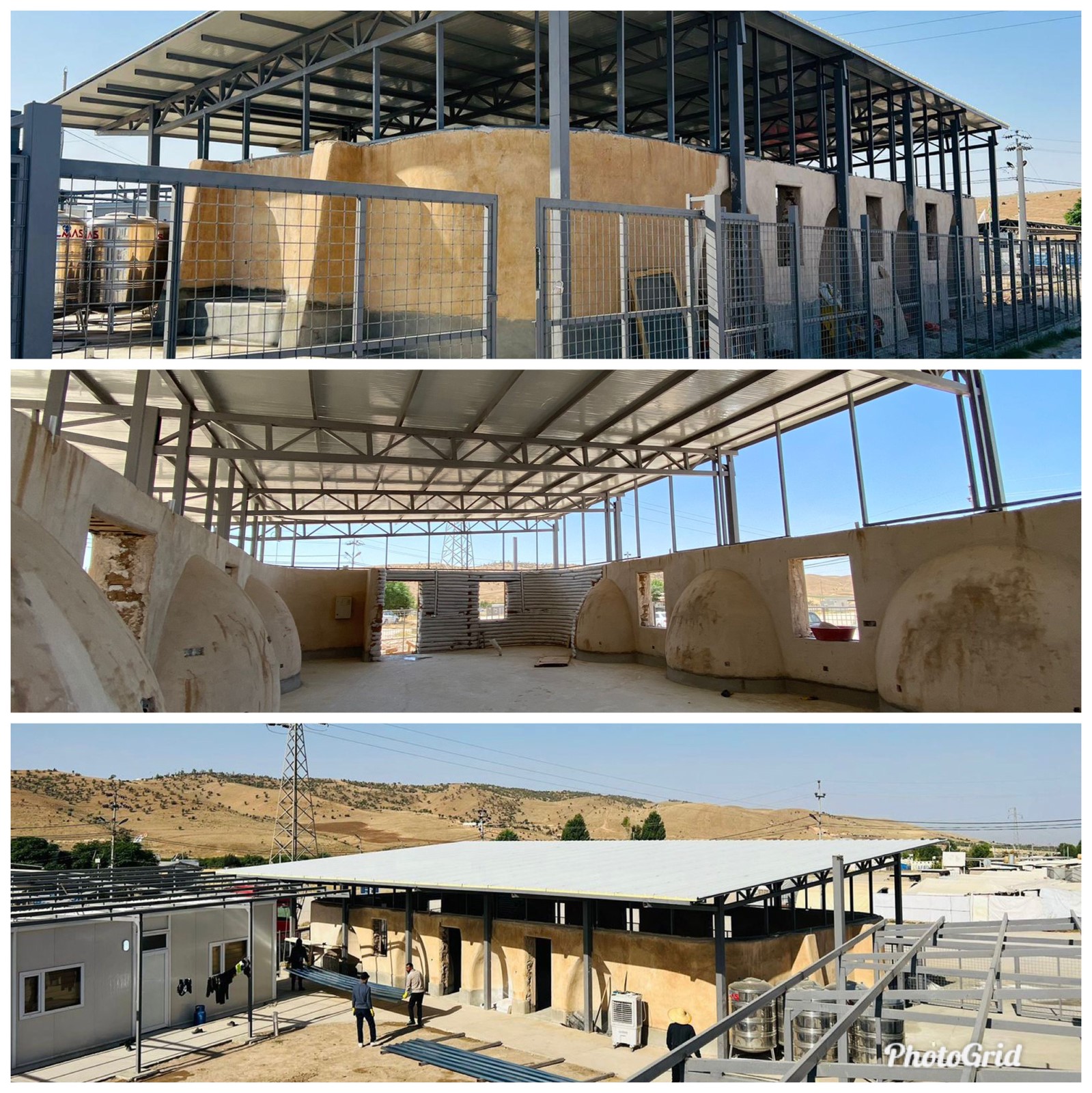
Meet The Team
Team members
- Andrew Kwong (design direction from HIS Foundation)
- Willy Tan (design direction from Habibi International)
- Chelsea Chan (project overall design)
- Peter Hasdell (project overall design)
- Tan Ming (project overall design)
- Davide Frasca (SuperAdobe design)
- Paul Kingery (Glass bottle windows design)
- Hsieh meng Hsun, Max (design support)
- Kathleen DeWitt (Design support)
Project construction
- Lead by: Davide Frasca (SuperAdobe building and training)
- Paul Kingery (Building manager)
- Hawas Khalil and Seje Village (Building manager assistant)
Over 40 camp residents had been involved in the construction.
Project management
- Andrew Kwong (HIS Foundation)
- Willy Tan, Heidi Tan, and Jonathan Su (Habibi International)
Organizations, members and roles in the SuperAdobe project construction
Role | Organization | Members |
Design
direction & Project management
|
HIS
Foundation |
Andrew
Kwong |
Design direction & Project management | Habibi International | Willy Tan, Heidi Tan, and Jonathan Su |
Project
overall design
|
Hong
Kong Polytechnic University
| Chelsea Chan, Peter Hasdell, and Tan Ming |
SuperAdobe design, building & training |
InSitu-Project
| Davide Frasca |
Glass
bottle windows design & building manager | MedEast |
Paul
Kingery
|
Design support | Hsieh meng Hsun, Max, Kathleen DeWitt | |
Building manager assistant | Hawas Khalil and Seje Village | |
ABCD Collaborative | ||
Vide Terra | ||
University of Duhok | ||
Over 40 camp residents |
Moving Forward
Although the SuperAdobe Hall was a success and the building became an iconic structure in the area, drawing visitors from many places, we still needed to translate this concept into actual buildings for everyday living. Because the landlord of Berservic-2 camp (where the SuperAdobe Hall was built) does not permit the camp residents to convert their tents to SuperAdobe, we decided to start in a different camp, Chamisku.
After discussing with the Chamisku camp manager, Bizav Sulaiman, we asked Davide Frasca to design and build the SuperAdobe Vault as our first prototype to replace the tents in 2023.
Frame Structure
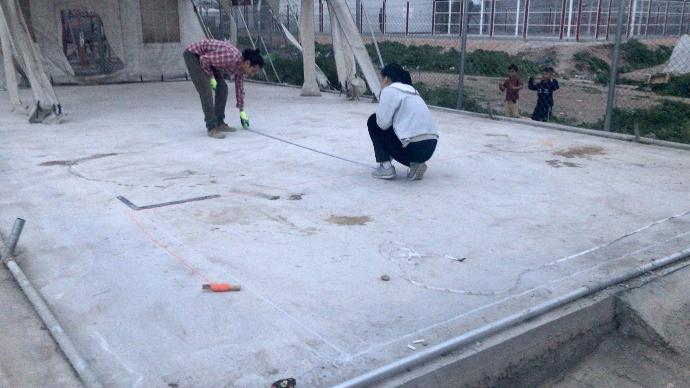
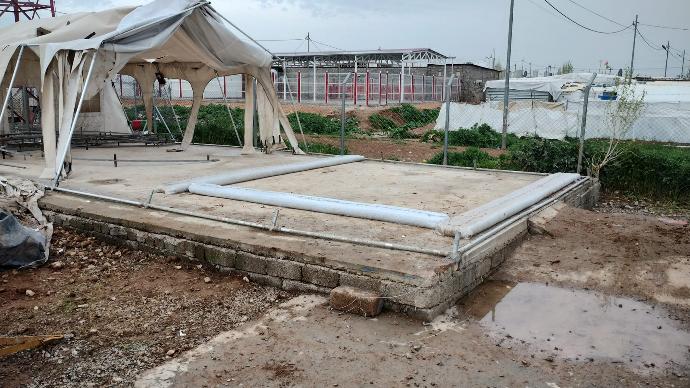
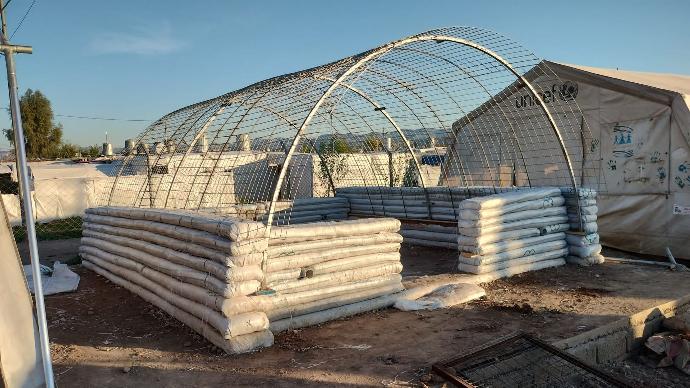
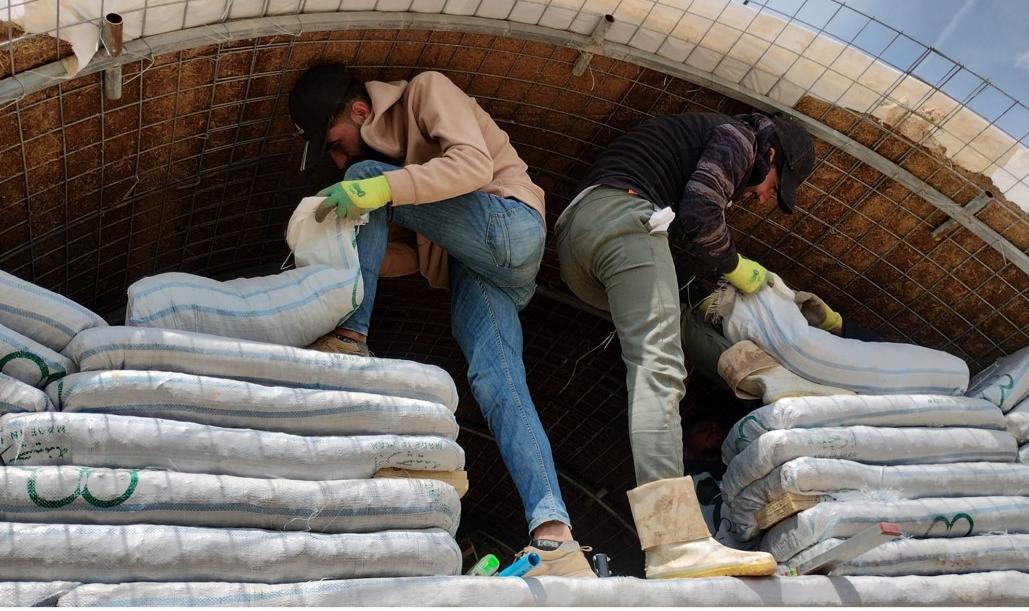

Soil Structure
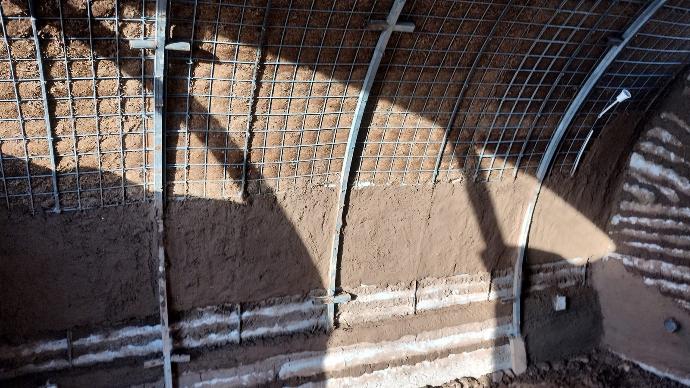


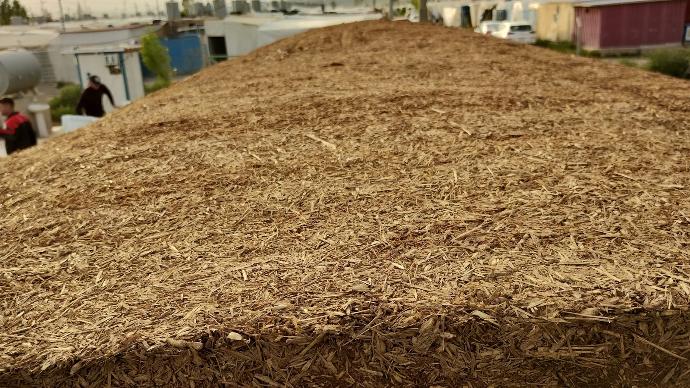
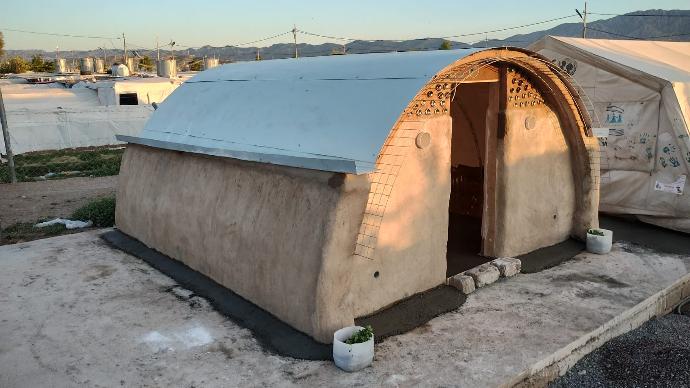
Finishes and installations
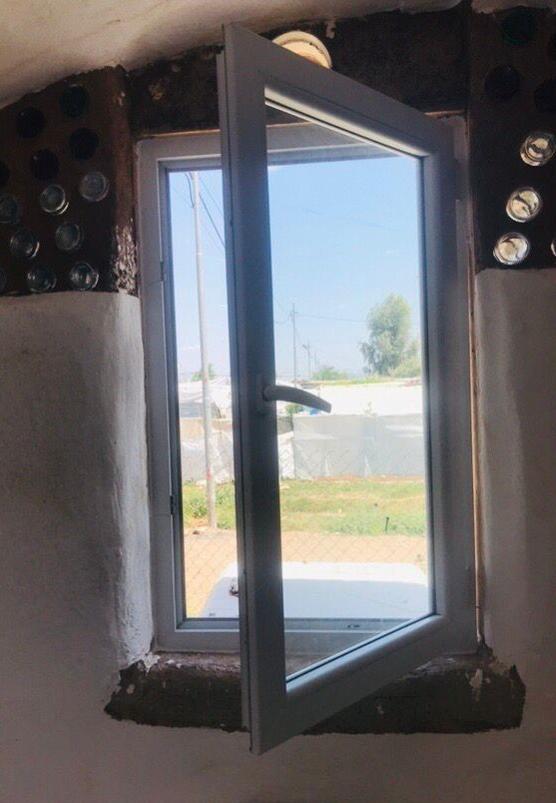
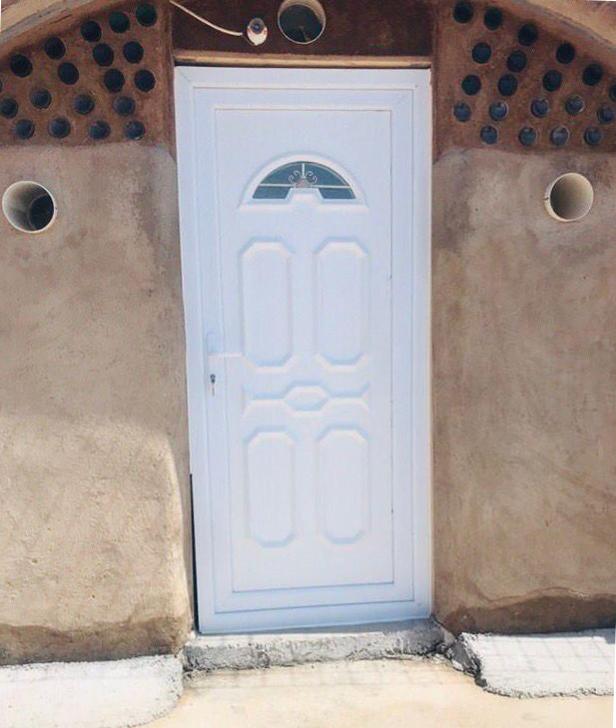
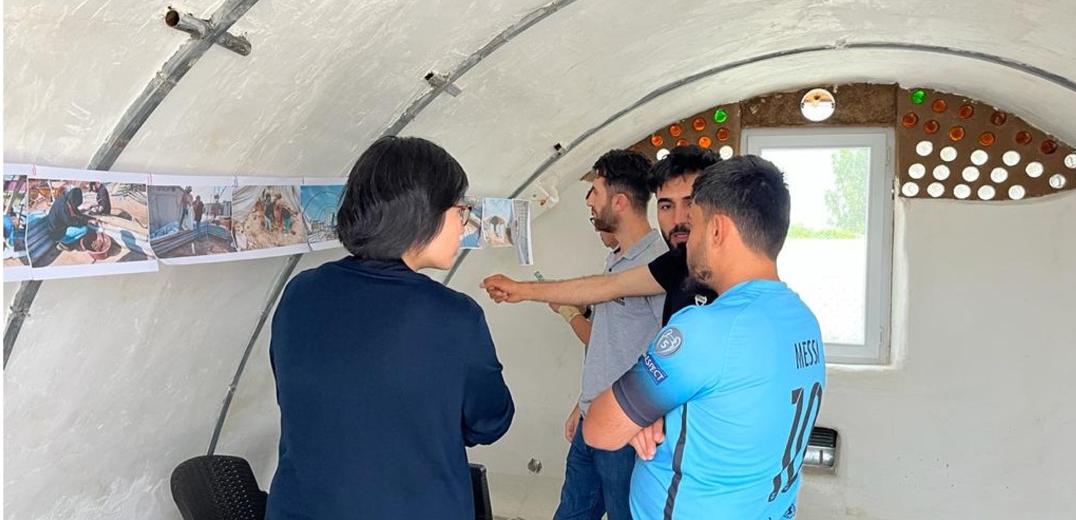

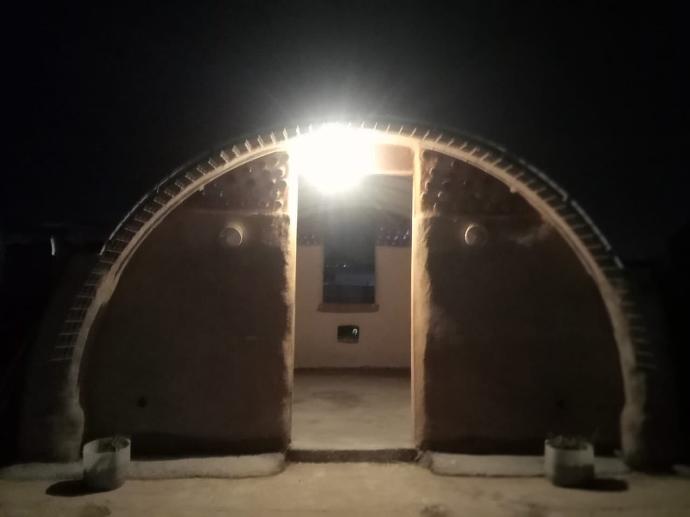
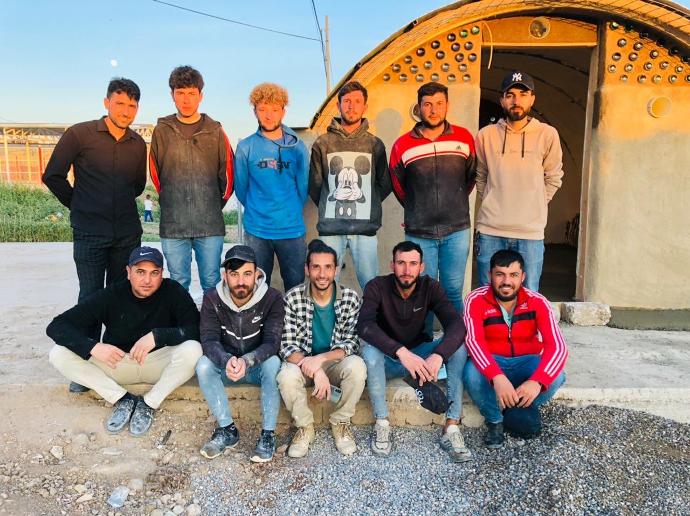
Frame Structure
1. Site Selection

2. Construction began

3. Frame and outer wall

4. Wall construction


Soil Structure
5. the first layer of plaster on the wall



6. Roof constructed with soil and straw

7. Outer wall finish & metal shell roof

Finishes and installations
8. Door & window installation


9. Inner wall finished


10. Final stage (interior with natural lighting)

11. The building team

As of 2024 there has been a change in camp management and the future of the camps is not certain based on a government announcement. After discussing with the new manager, Sardar Ismael, we have decided to conduct more hands-on training workshops to teach more residents about the building techniques, helping them acquire the skills to build their own shelters, either within the camp or upon returning to their original homeland.
Support Needed
We appreciate your interest in supporting our mission. Your generous donation will be used to fund the followings:
